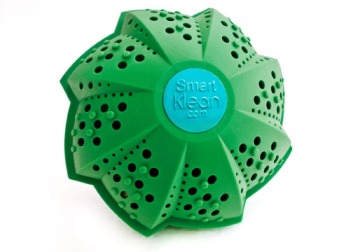When you imagine growing your own greens, you may think of a number of obstacles that keep you from starting. We’ve all heard the excuses. Things like “I live in a condo,” “I don’t have a backyard,” even “I forget to water my plants, so they just die.”
So when we discovered self-watering containers, we had to learn more. Turns out you can now grow in condos and other indoor spaces with nothing but a windowsill. Turns out you can water your plants once in a blue moon (as minimally as every twelve weeks)—and they don’t have to die. Turns out you can enjoy flowers, herbs, vegetables, and fruits in beautiful planters that complement your space and enable you to #growyourown.
We understand the desire to add greenery to your indoor and outdoor spaces, and we understand the desire to eat some of said greens. (Perhaps your dog already does?) When we lived in a condo, we loved having flowers throughout our home and herbs in the kitchen. Small tomato plants thrived on the balcony, enhancing our salads and other homemade dishes from early summer to fall. We had a few lettuce plants as well, to help round out fresh homegrown salads.
Self-watering planters make all of this easier, and they are simple enough to operate. The first (or outside) layer is filled with water while the second (or inside) layer holds the soil (or small rocks called pon) as well as the plant itself, allowing the roots to grow down through the layer to the water. A small water-level metre indicates when the planter needs a refill. Depending on what you grow, watering can happen as infrequently as four times a year!
A wide selection of planters ranging from windowsill and tabletop designs to larger patio and deck designs are available in a variety of finishes and colours, for both indoor and outdoor use.
What you want to grow will dictate your planter size. Delta windowsill planters are small and sleek and ideal for indoor use, fitting two average basil or parsley plants, whereas the Trio Cottage planter works well outside and can fit multiple hearty tomato plants.
We are happy to consult with you on planter choices and can also offer you a variety of different flowers, herbs, vegetables, or fruits to fill your living space with beautiful plants that you (and your dog) can enjoy.
Happy Growing
At Home Organic Farms

 ® and it doesn’t use detergent at all! No kidding and it works great! The ball is filled with specialized ceramic beads that kill germs, mildew and odor. Simply toss the ball into the laundry machine (works with high efficiency too) and let it do the work. Once a month we leave the ball out in the sun for a few hours to regenerate the ceramic balls inside. It will last for a full 365 loads (at about 18lbs. per load)
® and it doesn’t use detergent at all! No kidding and it works great! The ball is filled with specialized ceramic beads that kill germs, mildew and odor. Simply toss the ball into the laundry machine (works with high efficiency too) and let it do the work. Once a month we leave the ball out in the sun for a few hours to regenerate the ceramic balls inside. It will last for a full 365 loads (at about 18lbs. per load)
